Theo Simpson lives and works in the North of England, where he is an associate lecturer at Sheffield Hallam University. He has published several books, including Eleven Miles of Derbyshire Power Lines, A Survey of Operational Deep Coal Mines in the UK, and What We Buy. He has shown work in The Naughton Gallery at Queens, Belfast; SIA Gallery, Sheffield; Royal Institute of British Architects, London; Fotomuseum, Winterthur, Switzerland; and currently has a solo show, The Land of the Day Before, at Webber Gallery, London.
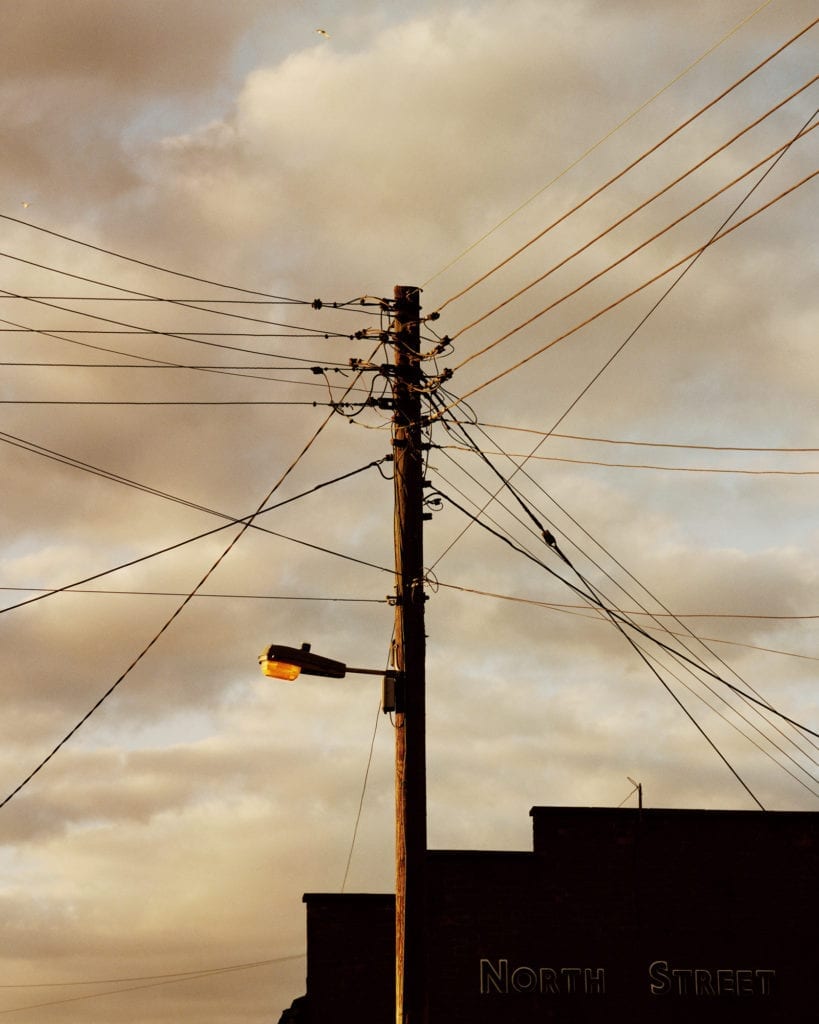
TS: I’m interested in showing an alternative communication of the landscape around me – to reconsider and re-imagine it, as a site for new opportunity and possibilities. What I’m attempting is a more honest and progressive way of thinking about these specific environments.
BJP: What are you showing in the Webber exhibition?
TS: My work method involves bringing together different approaches and strategies for examining the landscape. This methodology involves observing the surrounding land over a prolonged period of time and examining how these particular places are shaped and could be shaped in the future.
The varied processes involved in creating this work have occurred naturally as a result of my growing scepticism in the ability of the photographs I make to communicate my ideas. I feel that my photographs and visual archive work better when they are brought into a dialogue with other media and materials. In some ways, photographs have become a starting point to trigger a new set of approaches or a method of documenting a particular outcome of that thinking.
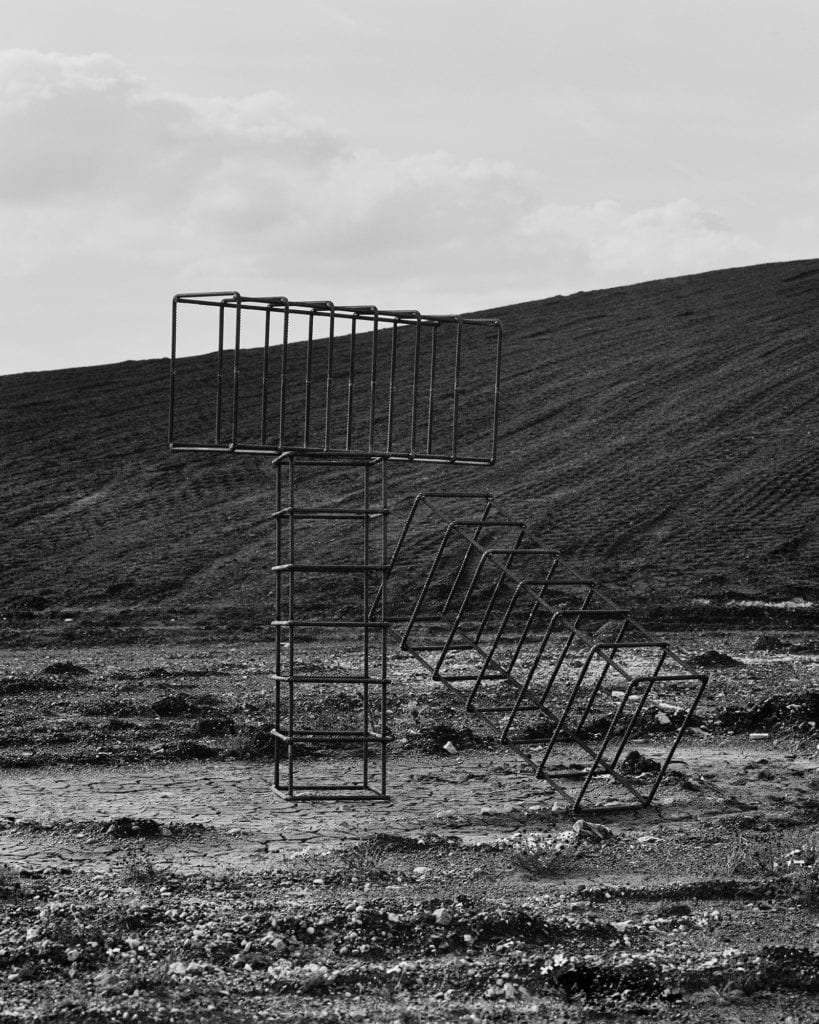
BJP: Do the Composition images mark a departure from your previous, documentary work?
TS: The new works in the show are not a departure but an evolution; they have a connection with previous works dealing with the same underlying theme. I approach new subjects relating to the theme with different strategies – the idea is that these parts come together to form an installation in which all the processes and strategies temporarily come together in conversation. The process of intervention and structural additions are part of this approach and deal with the language of materials.
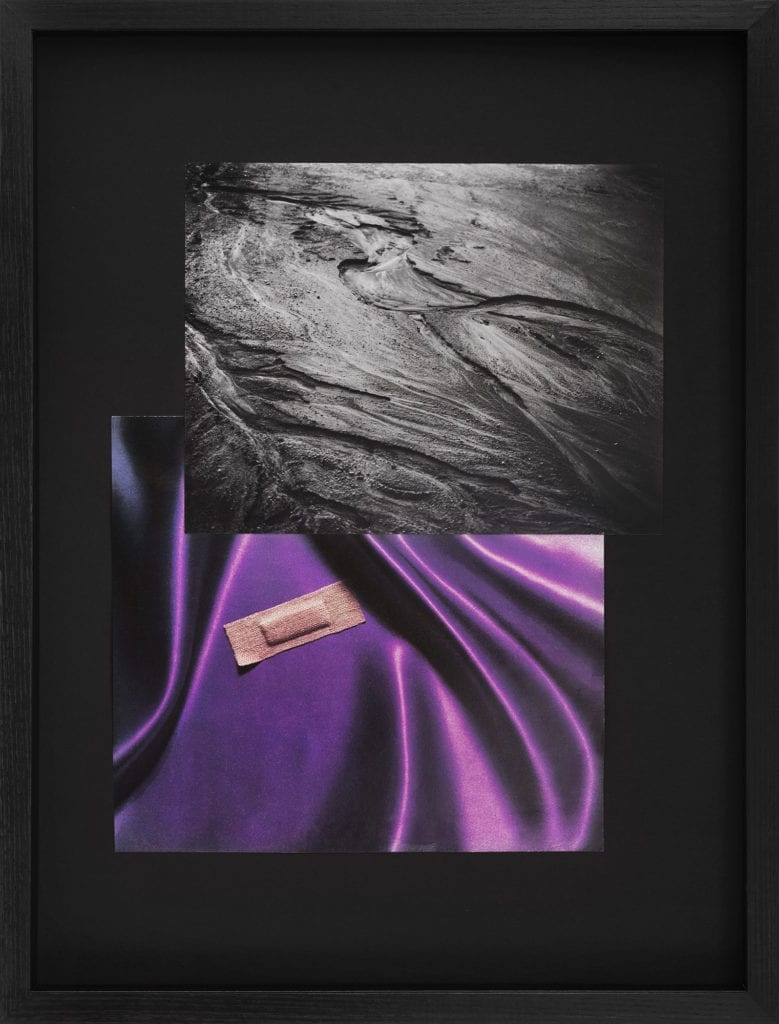
BJP: Can you say more about your use of overlapping images?
TS: The fly poster installations are created in response to historic or emblematic imagery related to the environments in question. They examine the role of the reported image in the communication of events and history, confronting the language and inherent power of this material to create and manipulate meaning.
I’m interested in how pictures can be used to create a phantom reality. They express the illusions we crave everyday; illusions we demand, deceptions we expect. Working with the fragments of this iconic imagery reveals its make up, exposes its blunt authoritarianism and re-disseminates it by its own means.
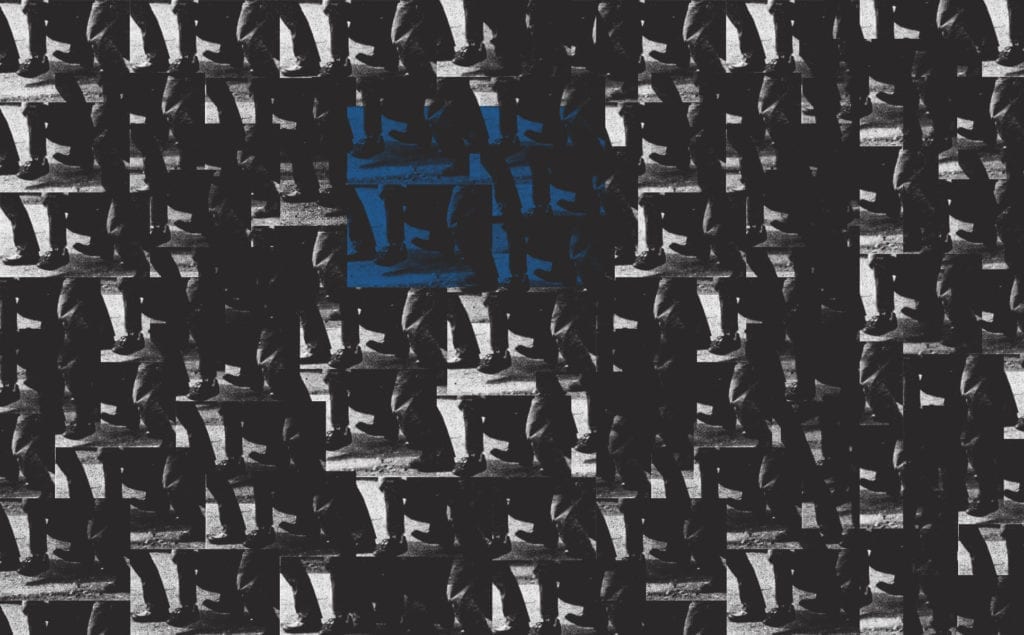
BJP: Can you say more about your use of newspaper headlines in All The Headlines?
TS: All the headlines specifically combines colour photograph, gelatin silver print and a magazine clipping. The black-and-white image depicts a working port in Lincolnshire where coal was imported from Eastern Europe during the miners’ strike.
The colour image shows 12 boxes of microfilm – one from each month of the same strike, March 1984–March 1985. The magazine clipping shows the construction of a new high-rise building. I’m interested in the clash of syntax between the images and how these elements converse when forcibly layered together in this unlikely combination.
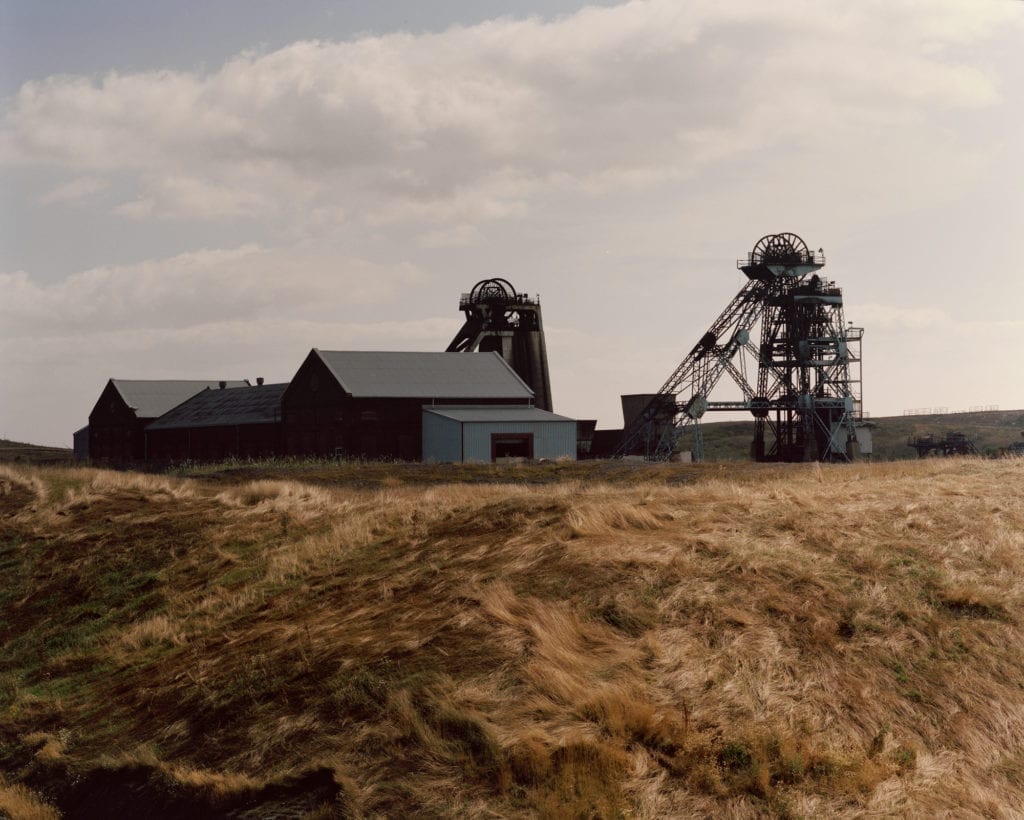
BJP: Is it fair to say that you’re interested in the post-industrial landscape?
TS: Yes, definitely. The environment and landscape I grew up in is the basis of nearly all my work, both past and present. There’s something about its familiarity that enables such a longstanding and detailed examination of it.
The Eleven Miles of Derbyshire Power Lines project represents another starting point for looking at, and engaging with, the landscape differently. I’m interested in the variation, functionality and humility of these structures, which are designed specifically for their environment and essential to our way of life, yet remain scorned by populist opinion. I liked the idea of using this particular line of towers, which is soon to be erased from the landscape due to it being labelled as ugly, as an alternative path through the landscape, simply following them and engaging with their surroundings.
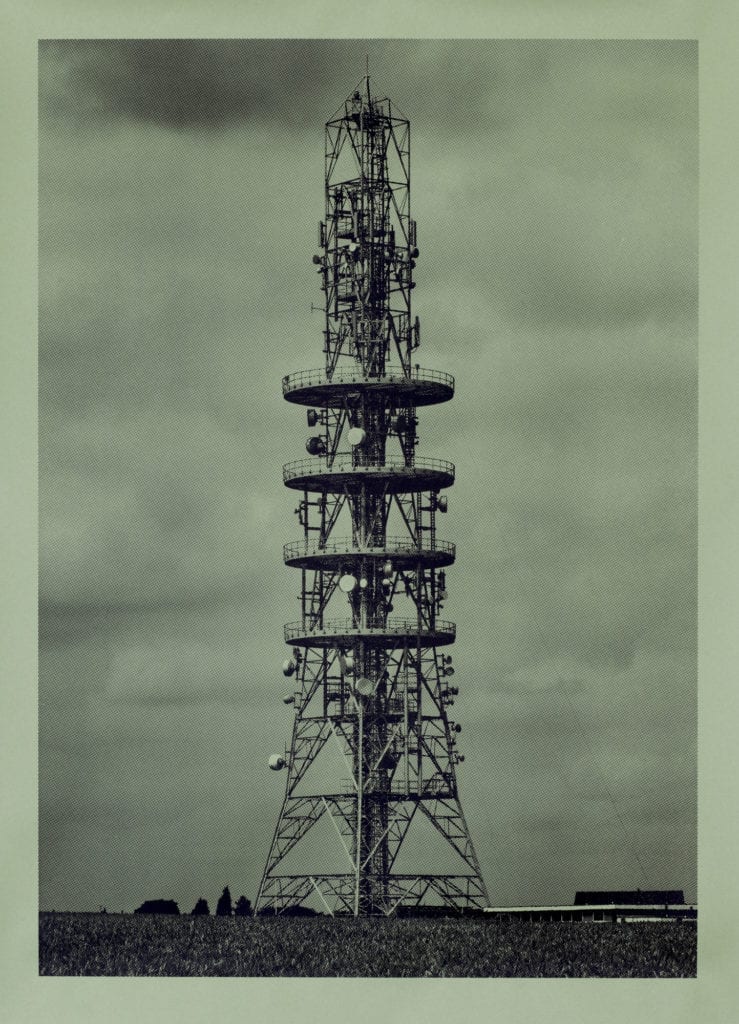
BJP: Is this your first big solo show? How did it come about?
TS: This is my first large solo show of this work and it marks a necessary pause in its progression. The show came from a meeting with Chantal Webber and Dominic Bell at Webber Represents, who have been incredibly supportive of the work and its underlying ideas from the very beginning and gave me the opportunity to bring this latest convergence of work together with full freedom.
BJP: Who are some of your inspirations?
TS: I’ve always had a strong interest in architecture and engineering. I’m influenced by the radical thinking of architects such as Owen Luder and Rodney Gordon, the thirst for improvement and drive for progress of Locke and Stephenson, and the progressive attitude to landscape and photography employed by practitioners such as Roger Palmer.
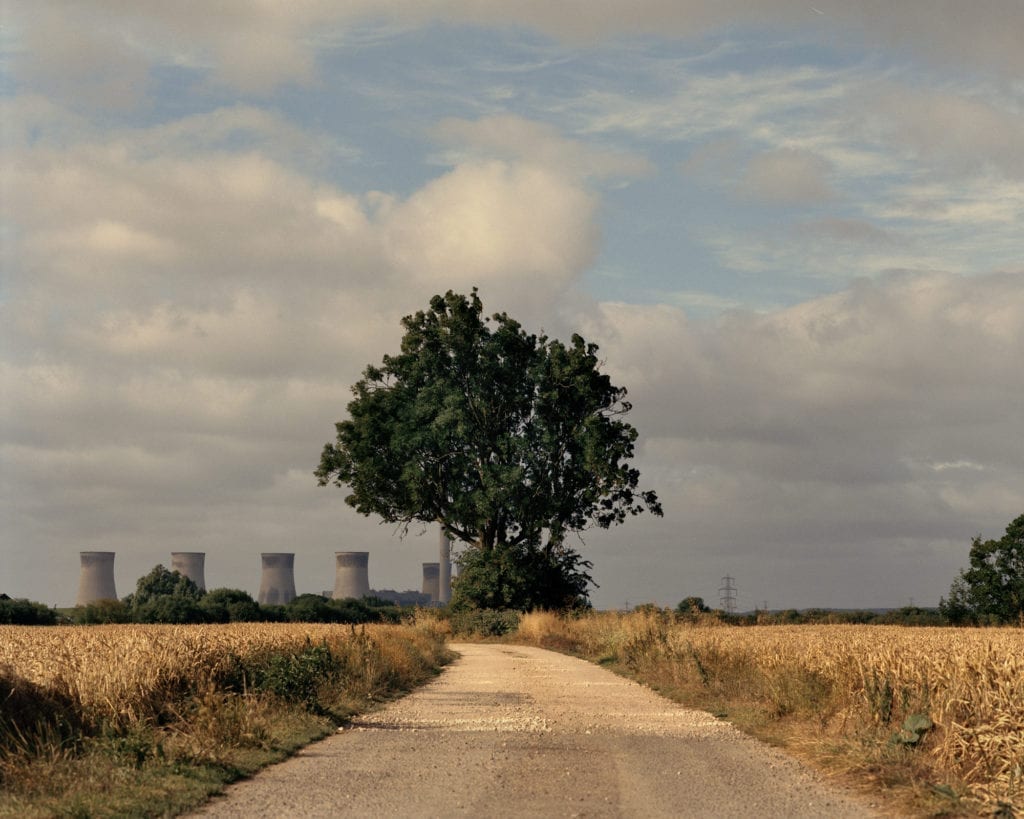
The Land of the Day Before by Theo Simpson is on show at Webber Gallery, London until 03 March. www.theosimpson.co.uk

